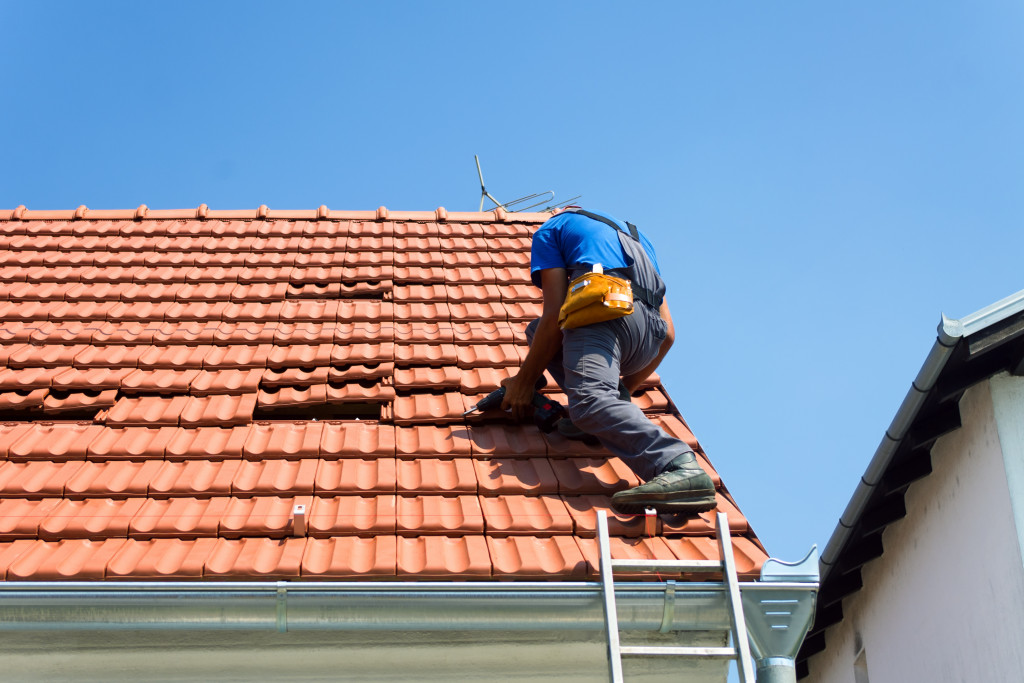- Proper insulation can help reduce energy usage and bills by keeping houses warm in winter and cool in summer.
- Double-paned windows with low-E glass, weather-stripping, and caulking should be used around doors and windows to minimize air leakage.
- Quality roofing materials such as metal or asphalt shingles should be used for energy efficiency.
- Solar panels, geothermal energy systems, and small-scale turbines are renewable energy sources that can help reduce environmental impact.
- New appliances with the ENERGY STAR label use significantly less energy than their older counterparts, saving money on bills over time.
As climate change becomes a more pressing issue, homeowners are increasingly looking for ways to reduce their environmental footprint. An energy-efficient home design can not only help save the planet, but it can also save homeowners money on energy bills. Here are some strategies for reducing your environmental footprint through energy-efficient home design.
Insulation:
One of the most critical aspects of energy-efficient home design is insulation. Proper insulation can help keep your home warm in the winter and cool in the summer, reducing the need for heating and air conditioning. This, in turn, can help save energy and lower your energy bills. Here are some ways you can prioritize insulation:
Windows and Doors:
Windows and doors play a significant role in the energy efficiency of your home, as they are often the primary source of air leakage. When choosing windows and doors for your home, it is crucial to look for products that are designed to reduce heat loss.
double-paned windows with low-e low-emissivity glass, which reflect heat back inside the home. You should also look for weather-stripping and caulking around the windows and doors to further reduce air leakage.
Attic, Wall, & Floors:
Insulating the attic, walls, and floors of your home is also vital for energy efficiency. When protecting these areas, it is important to use an insulation material that suits the climate you live in. For example, fiberglass batt insulation is suitable for cold temperatures, while spray foam works better in hot climates.
Quality Roofing:
A quality roof is essential for energy-efficient home design, as it helps protect your home from the elements. If you need to replace your roof, make sure to hire a trusted residential roofing company that has experience in installing energy-efficient roofs. Look for materials such as metal or asphalt shingles, which are designed to be durable and energy-efficient.

Use Renewable Energy:
Using renewable energy sources can also help reduce your environmental footprint. This might include installing solar panels, using geothermal energy, or using wind turbines. Here’s a rundown of each:
Solar Panels:
Installing solar panels on your roof can help generate electricity for your home, which can offset your energy bills and reduce your reliance on fossil fuels. While there is an upfront cost to install solar panels, they can provide long-term savings and are an excellent investment for homeowners looking to reduce their environmental impact. For instance, many states offer tax credits for solar installations, and some utilities offer rebates to help offset the cost.
Geothermal Energy:
Geothermal energy is a renewable energy source that uses the Earth’s heat to generate electricity. This energy source can be used to heat and cool your home, reducing the need for air conditioning and heating. While it can be expensive to install geothermal systems, they are a great way to reduce your environmental footprint.
Wind & Water Turbines:
For areas that have consistent wind, wind turbines can be a great way to generate electricity. Similarly, water turbines can be used in areas with steady rivers or streams to produce energy. There are also smaller-scale systems available for homeowners that are looking to reduce their environmental impact without investing in large-scale turbine systems.
Efficient Appliances & Lighting:
Replacing old appliances with new, energy-efficient ones can make a big difference in your home’s overall energy efficiency. Look for devices with the ENERGY STAR label, which indicates that they meet or exceed energy efficiency guidelines set by the U.S. Environmental Protection Agency.
These appliances not only save energy, but they can also save you money on your energy bills over time. In addition, using energy-efficient light bulbs, such as LED bulbs, can also help reduce your environmental footprint.
LED bulbs use significantly less energy than traditional incandescent bulbs and last much longer, reducing the need for frequent replacements. Additionally, using natural light during the day can help reduce the need for artificial lighting, further reducing your energy usage.
Energy-efficient home design can help reduce your environmental footprint and save you money on energy bills. By focusing on insulation, windows and doors, solar panels, efficient appliances, and lighting, homeowners can significantly reduce their energy usage and impact on the planet. With a bit of investment and effort, homeowners can create a more sustainable home and help protect the world for future generations.






